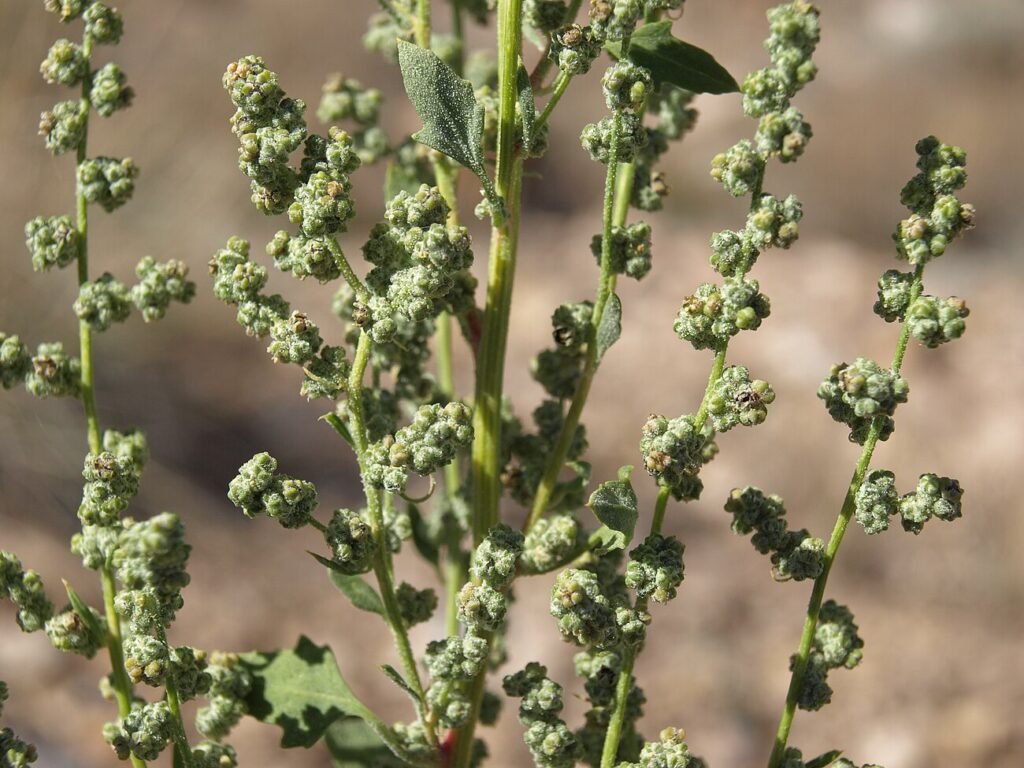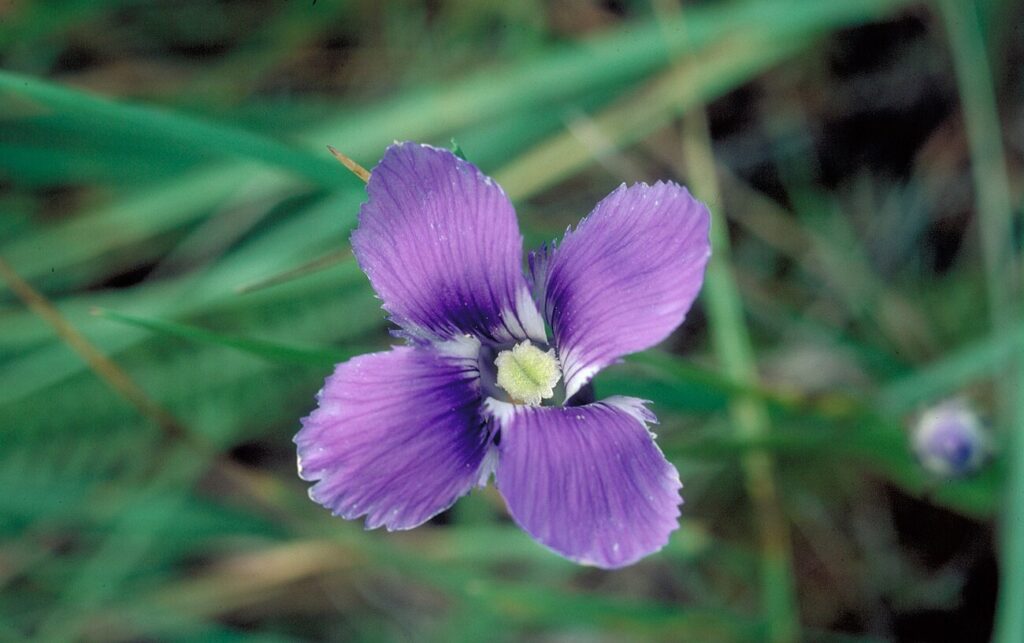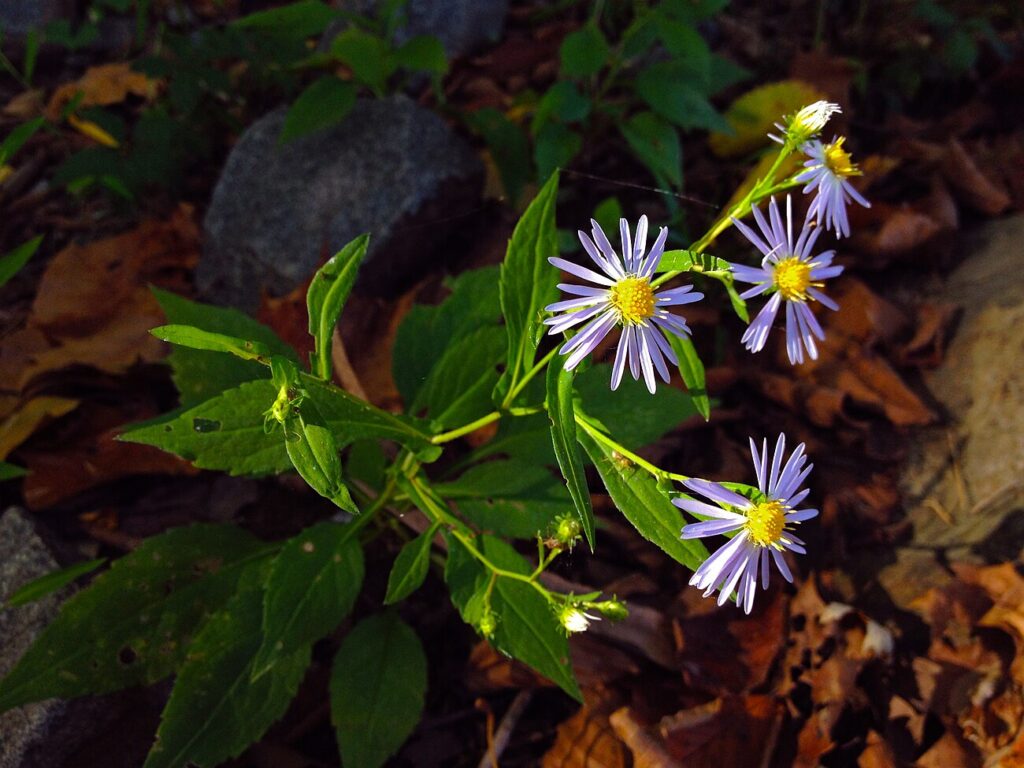Exploring Woolly Bird’s-Foot Trefoil, Woolly Lotus
Scientifically recognized as Lotus corniculatus var. pilosus and classified under Family Fabaceae, Genus Lotus, stands out as a distinctive Herbaceous perennial known for its unique characteristics. While it may also be found under other Synonyms, Lotus pedunculatus, Lotus corniculatus var. corniculatus.withN/A form. You can use our free plant care app PlantPlants to identify Woolly Bird’s-Foot Trefoil, Woolly Lotus.
Temperature
-15 C (5 F) to 35 C (95 F)
Watering
Regular watering during dry periods
Fertilizing
All-purpose fertilizer or compost
Sunlight
Full sun to partial shade
Toxicity
Non-toxic; safe to eat



Appearance and Growth Of Woolly Bird’s-Foot Trefoil, Woolly Lotus
At maturity, this species reaches approximately 30-60 cm in height, presenting Compound leaves with 3 leaflets, hairy to woolly texture along with Yellow flowers, pea-shaped, clustered at the top of stems, followed by Pod-like fruits containing several seeds, which are flattened. These features are supported by a reliable Deep taproots, ensuring stability and sustained growth.
Woolly Bird’s-Foot Trefoil, Woolly Lotus Origin and Habitat
Native to Native to Europe, but can be found in North America and other temperate regions, Woolly Bird’s-Foot Trefoil, Woolly Lotus thrives in Prefers wet meadows, grasslands, and disturbed sites at elevations around Sea level to about 1100 m. Best suited for USDA Hardiness Zone 3 to 9. Whether grown indoor, in a curated garden or a more natural setting, its ecological requirements help maintain its vigor over time.



How to take Care of Woolly Bird’s-Foot Trefoil, Woolly Lotus
Light, Soil and Watering Woolly Bird’s-Foot Trefoil, Woolly Lotus.
You can use our free plant identify app PlantPlants to chose the best spot for Woolly Bird’s-Foot Trefoil, Woolly Lotus, This plant prefers Full sun to partial shade and flourishes in Prefers moist, well-drained soils; adaptable to various soil types with a soil pH of about 5.5 to 7.5.
Woolly Bird’s-Foot Trefoil, Woolly Lotus needs watering,Regular watering during dry periods, guided by PlantPlants app, You can get plants daily watering schedule. to maintain Moist to moderately wet environments, ensure steady hydration. Applying water through Drip irrigation recommended; ensure good drainage supports even distribution and helps prevent overwatering or dryness.
Temperature and Humidity
Woolly Bird’s-Foot Trefoil, Woolly Lotus performs best within 10 C to 30 C (50 F to 86 F). Its ideal growth occurs at around 20 C to 25 C (68 F to 77 F), though it tolerates ranges from -15 C (5 F) to 35 C (95 F). Additionally, maintaining Moderate humidity is ideal encourages healthy foliage and overall plant vigor.
Fertilization & Soil Health
Feeding with All-purpose fertilizer or compost at the recommended Seasonal Application Frequency on PlantPlants App keeps nutrients balanced. Incorporating Organic matter such as compost or well-rotted manure enhances soil structure and fertility, while staying alert to Yellowing leaves, poor growth helps you adjust care as needed to maintain optimal plant health.
Routine and Maintenance
Regular attention ensures this plant’s beauty and longevity. Early spring, before new growth for Light trimming to maintain shape tidies its appearance, while Every 2-3 years, if grown in pots may be necessary as it grows, requiring a Increase by 1-2 inches in diameter increase and a fresh Well-draining potting soil mixed with compost. for Staking or Support. Generally does not require staking.
Seasonal Changes and Propagation of Woolly Bird’s-Foot Trefoil, Woolly Lotus
During Dormant in the winter months, growth may slow and some Leaves may turn yellow before dropping in fall can occur. For those looking to propagate, consider Seed propagation or division of established clumps and provide Requires light for germination; optimal temperature 15-20 C (59-68 F) when starting from seed. If using cuttings, follow Take cuttings in spring and place in moist soil until rooted to ensure successful rooting and healthy new plants.
Pests, Diseases and Prevention
our free plant identify and care app PlantPlants can help you diagnosisWoolly Bird’s-Foot Trefoil, Woolly Lotus problems.Though generally robust, keep watch for Aphids, spider mites and remain vigilant against Root rot, powdery mildew. Implementing Keep the soil well-drained, avoid overcrowding and applying Insecticidal soap for pests; fungicides for diseases when issues arise will help sustain the plant thriving.
Companions and Uses of Woolly Bird’s-Foot Trefoil, Woolly Lotus
This plant pairs nicely with Other legumes, grasses and shows Minimal to none, making it a flexible choice for various Ground cover, erosion control, pollinator gardens.
Edible and Cultural Aspects
the Edible Parts: Leaves and flowers. Toxicty of Woolly Bird’s-Foot Trefoil, Woolly Lotus, Non-toxic; safe to eat. learning about its Spring to early summer; harvest leaves and flowers by hand, Can be used in salads, teas, or as a garnish, and Rich in protein and vitamins can be intriguing for culinary explorers. Some traditions highlight its Traditionally used for its anti-inflammatory properties or note its Valued in herbal medicine and used as fodder for livestock.
Conservation and Status
With an Not assessed, but generally considered secure, proper Habitat preservation, promotion in native plant gardens
Frequently Asked Questions
1. What is woolly bird’s-foot trefoil?
A herbaceous perennial from the Fabaceae family, valued for its ground cover and erosion control properties.
2. How do I grow woolly bird’s-foot trefoil?
Use well-draining soil; sow seeds in full sun or partial shade and keep the soil moist.
3. Is this plant edible?
Yes, both the leaves and flowers are edible and rich in nutrients.
4. What are the watering needs?
Water regularly during dry periods, keeping the soil moist but not waterlogged.
5. Can it tolerate frost?
Yes, it can tolerate temperatures down to -15 C (5 F).
6. What pests affect this plant?
Common pests include aphids and spider mites.
7. How can I propagate woolly bird’s-foot trefoil?
It can be propagated by seed or by division of established clumps.
8. What soil pH does it prefer?
It prefers a soil pH of 5.5 to 7.5.
9. When should I prune this plant?
Prune in early spring before new growth begins.
10. Is this plant suitable for pollinator gardens?
Yes, it attracts pollinators, making it ideal for such gardens.


